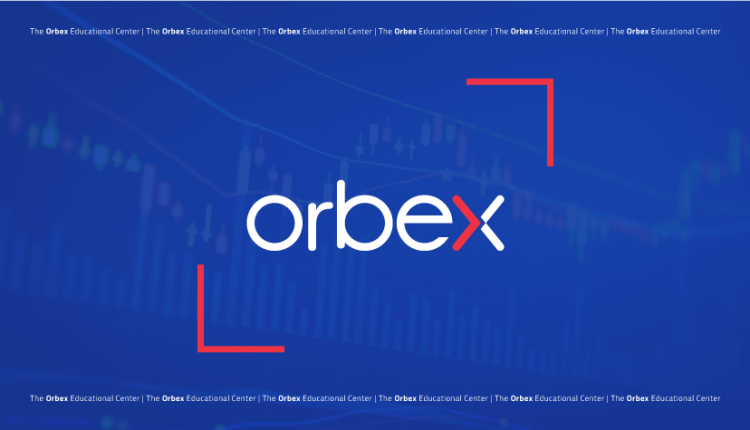What is Currency Intervention?

Following the last meeting of the US Federal Reserve, talk on the street brought up mentions of currency intervention. This is because President Trump was noticeably unhappy with the result of the meeting, leading to speculation that he would instruct the US to start intervening in exchange rates.
So what does this mean? And more importantly, how would this affect your Forex trading?
Currency intervention is a somewhat controversial term. What one country might call intervention, another might call manipulation. With Trump calling out China as a currency manipulator in the midst of the ongoing trade dispute, this is a clear escalation of the war of words.
Trading the news requires access to extensive market research - and that's what we do best. Open your Orbex account now.
What is Intervention?
Broadly speaking, intervention is when a country’s monetary regulator, usually the central bank, buys or sells currency in the market with the effort of influencing the exchange rate.
It’s not an uncommon practice. Many central banks use it as a tool to maintain price and exchange rate stability. The thing is, though, these are usually developing countries that have wide swings in the price of their currency.
US intervention is not like the others, however, for several reasons:
- First, the US dollar is the world’s reserve currency. It is based on the holder expecting the currency to maintain its value. “Artificial” changes in the price of the greenback might lead to a lack of trust.
- Second, the US has a policy of letting the market decide the price of the dollar. As a rule, it does not intervene. The last time it did intervene was in 2011 following a devastating earthquake in Japan. And the purpose of the intervention was to help maintain the stability of the yen.
- Third, authority for currency intervention rests with the Treasury, politically dependent on the President, and not as an independent authority such as a central bank. This leaves open the possibility of politically-motivated intervention.
Intervention Versus Manipulation
The main complaint that Trump is making is that other countries are maneuvering into a more competitive position by debasing their currency. This increases the cost of imported goods while making it cheaper for domestic producers to export. Most countries stridently deny this, arguing that their intervention is in order to maintain price stability and a normal to necessary function in monetary policy.
Accusations and legal wrangling aside, the practical difference between currency intervention and currency manipulation is the purpose. Currency intervention is for maintaining price stability and reaching inflation targets set by the central bank. Manipulation is when a country is trying to undercut its competition by changing the value of its currency to the benefit of its exporters.
The problem is that the practical effect of both policies – selling domestic currency in order to debase it – is usually the same, This means that whether it is, in fact, intervention or manipulation can be… well, subjective.
What’s Going to Happen?
We should remember that just because Trump is fuming about something on Twitter, it doesn’t always mean he’s going to do something. After all, the dollar is strong for a reason that Trump likes to tout even more: the strength of the underlying US economy.
Now, if Trump were to order intervention, then it’s not exactly uncharted waters. The US intervened back in 2000, and from there we can get some idea of the effects. Usually the Fed “matches” intervention by the Treasury, but that might not be the case this time around because the point is to circumvent what Trump says is insufficient action by Powell.
How Much?
The Treasury has access to a total of just $72B billion. This puts a significant limit to the effect it can have on a market that trades $5 trillion each day. Also, in prior occasions, interventions have been coordinated with other central banks. This is an unlikely scenario in a Trump-implemented intervention since it would be against the interests of those other banks.
So far, intervention is all talk. And there doesn’t appear to be any sign that forex traders are actually expecting it to happen. However, it’s one more thing for traders to keep in mind as the risk increases with the dollar’s strength.




